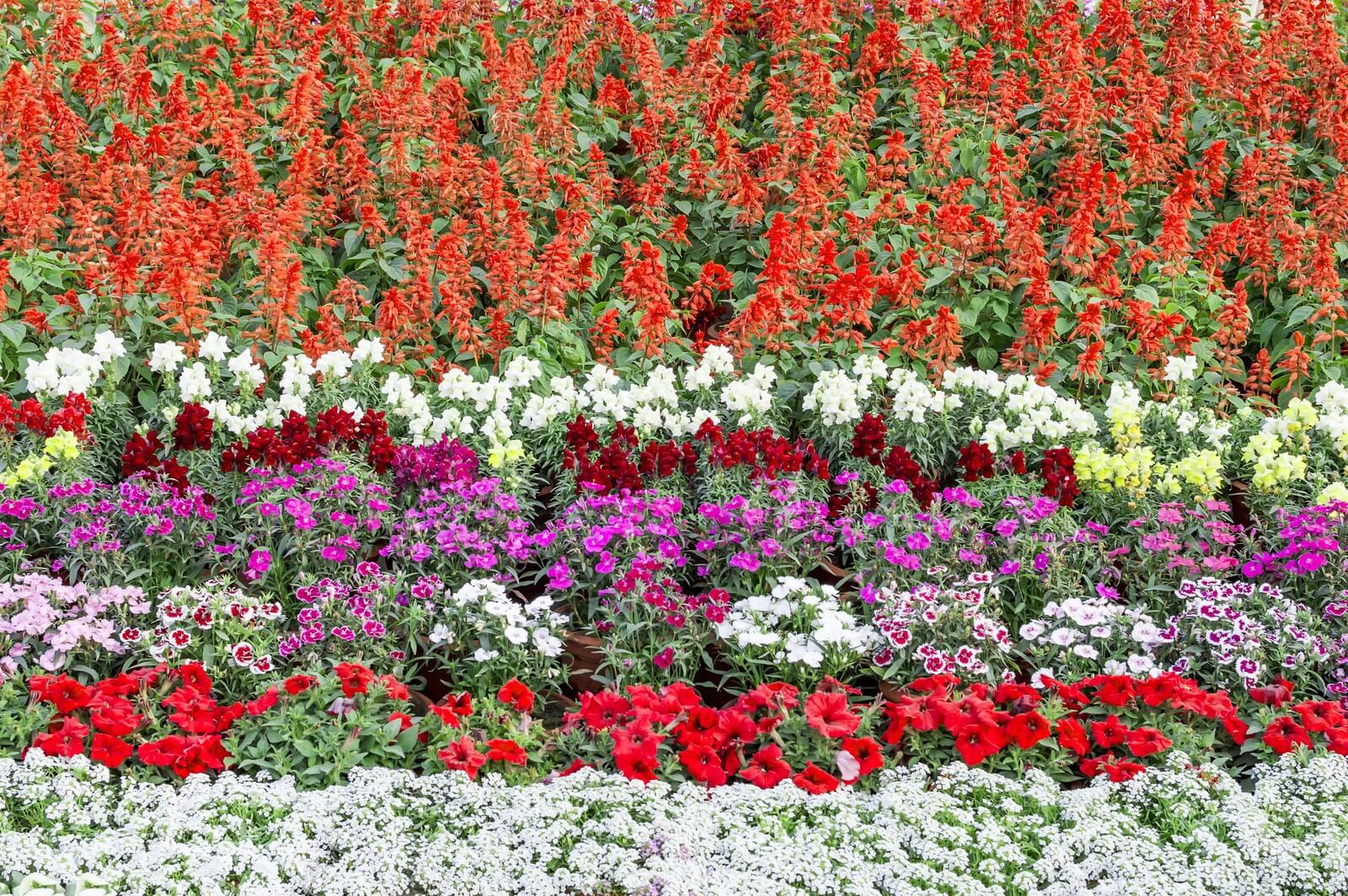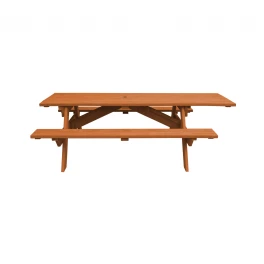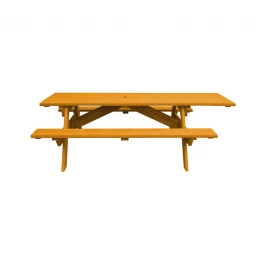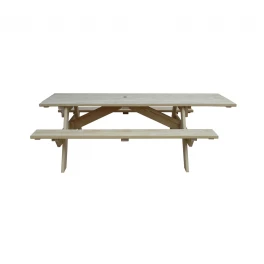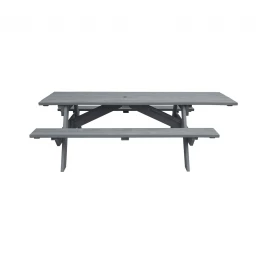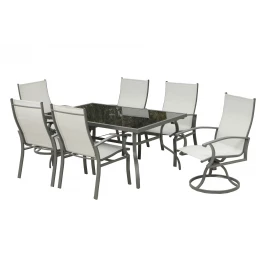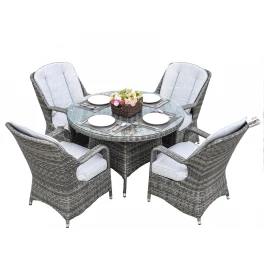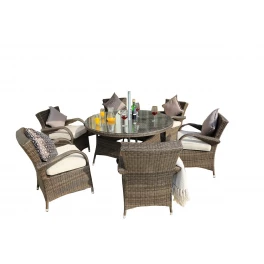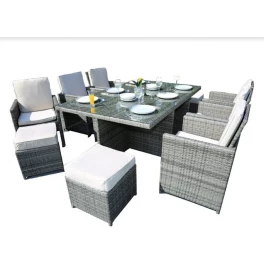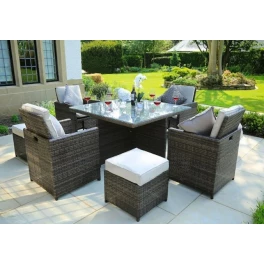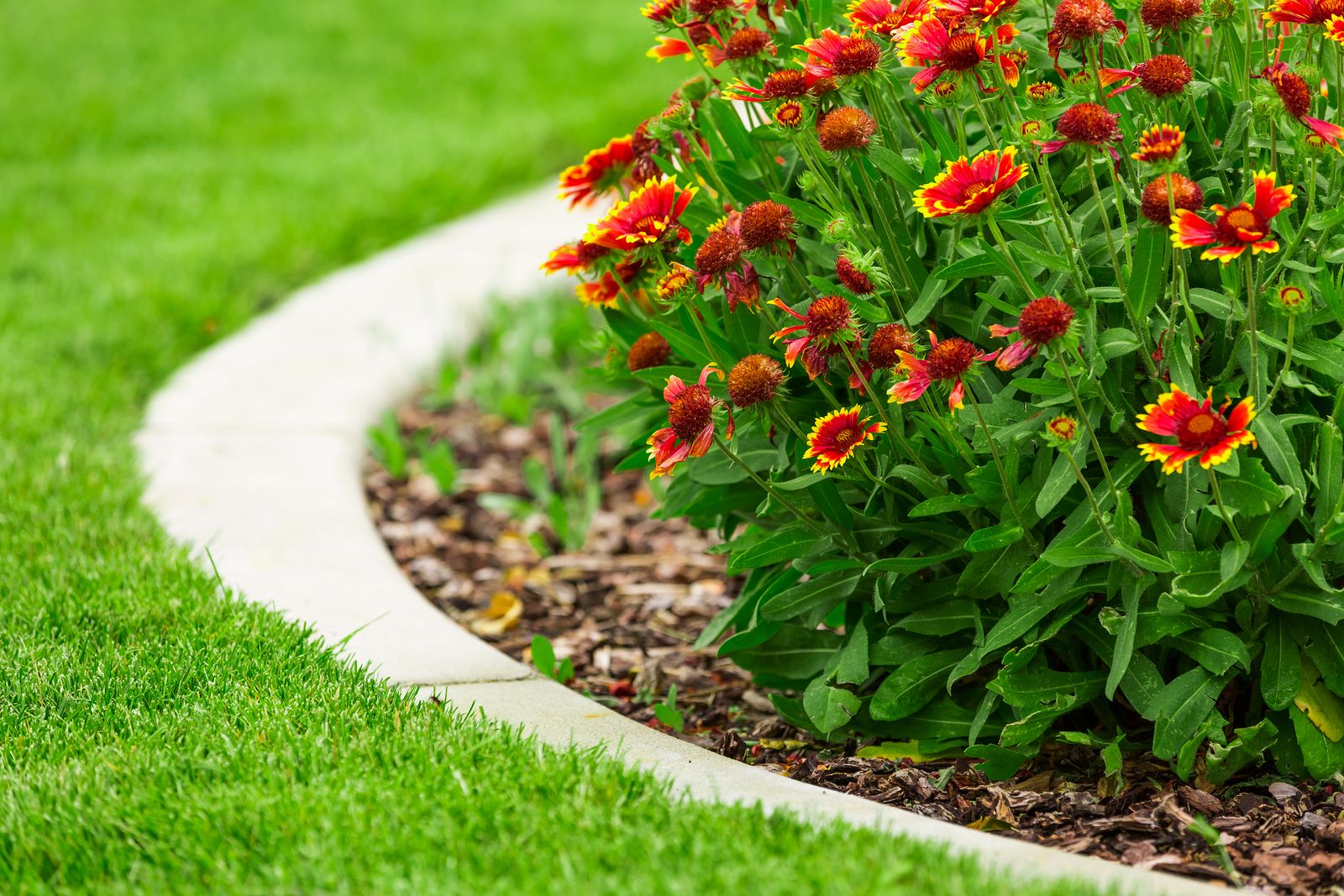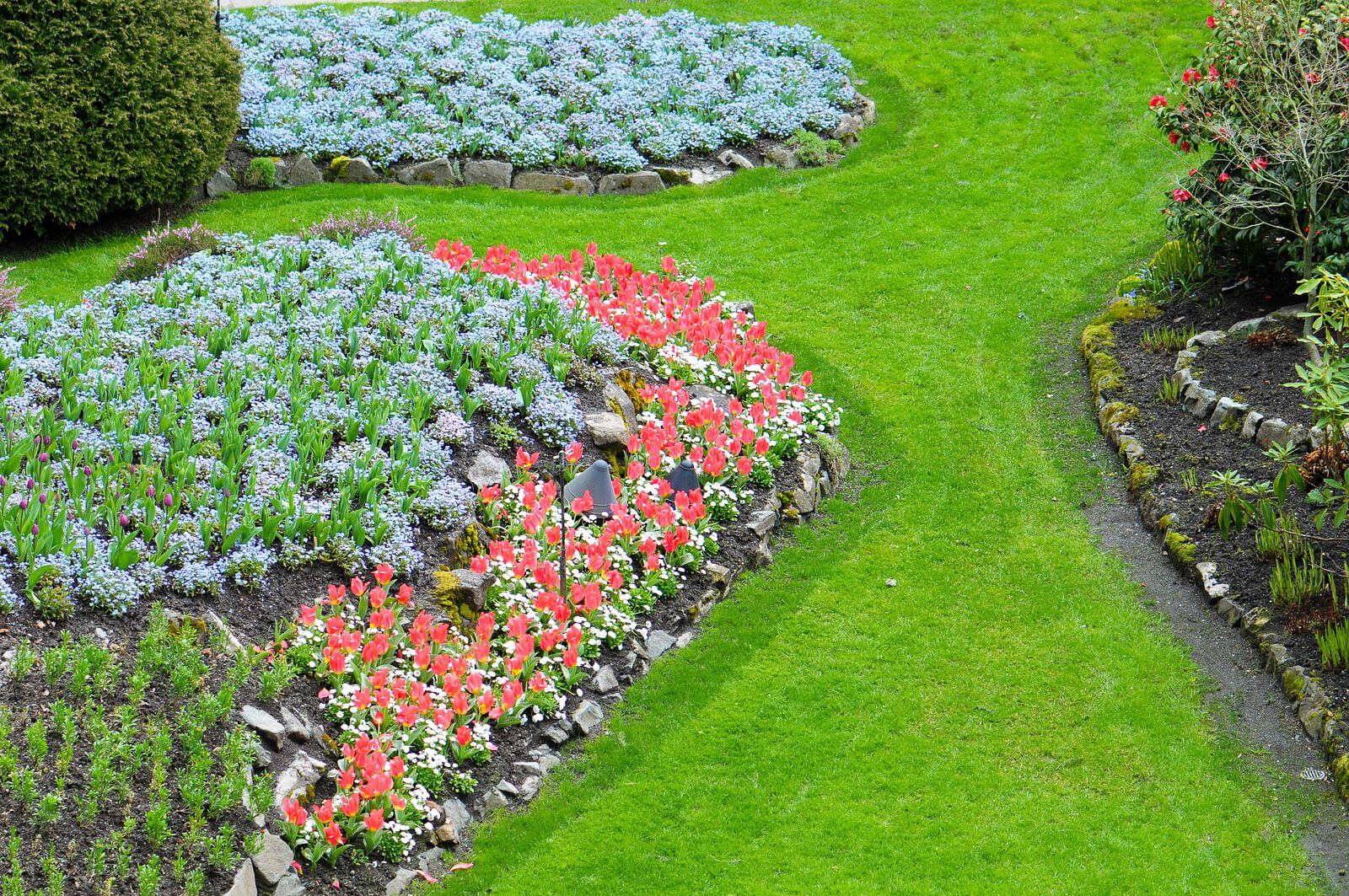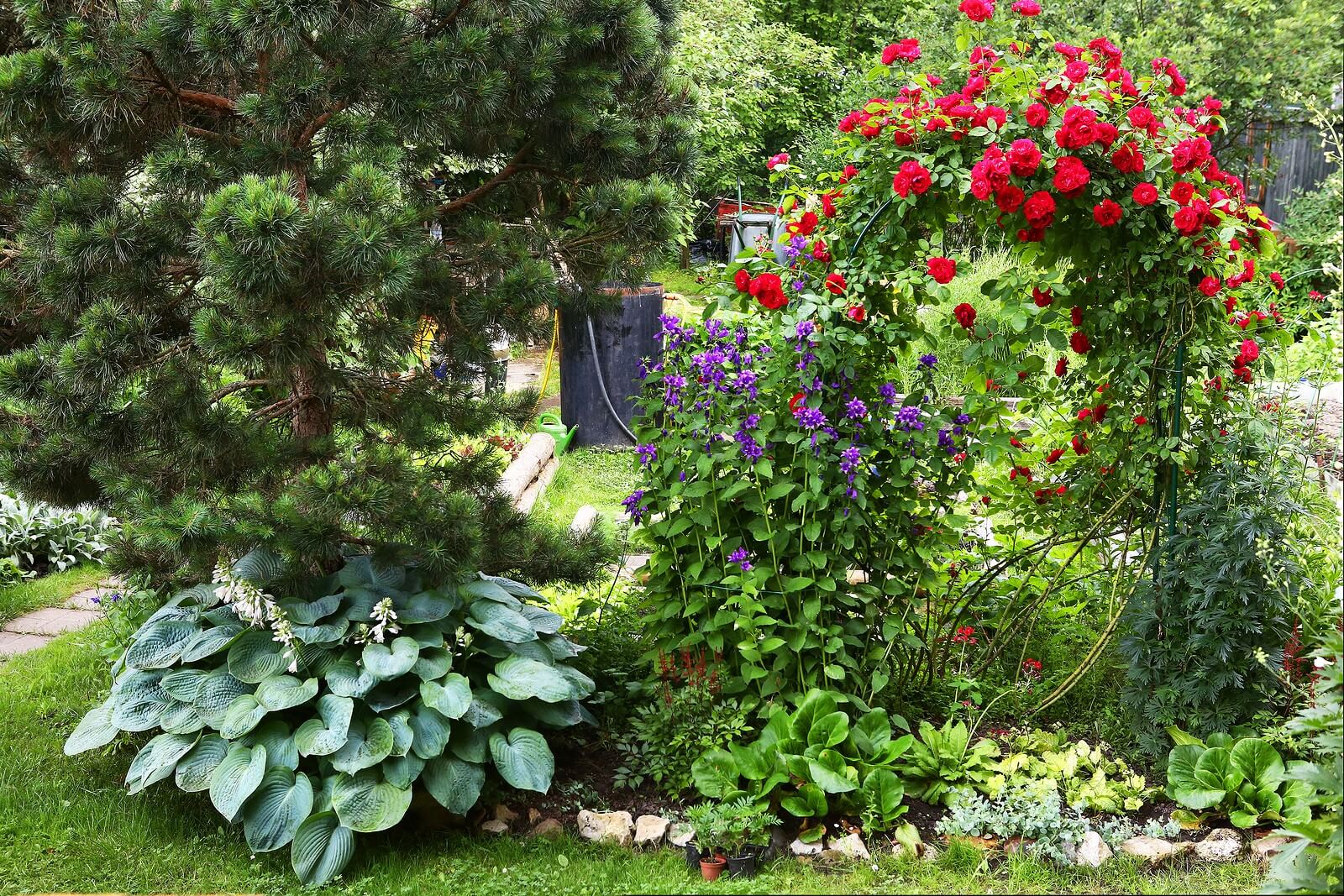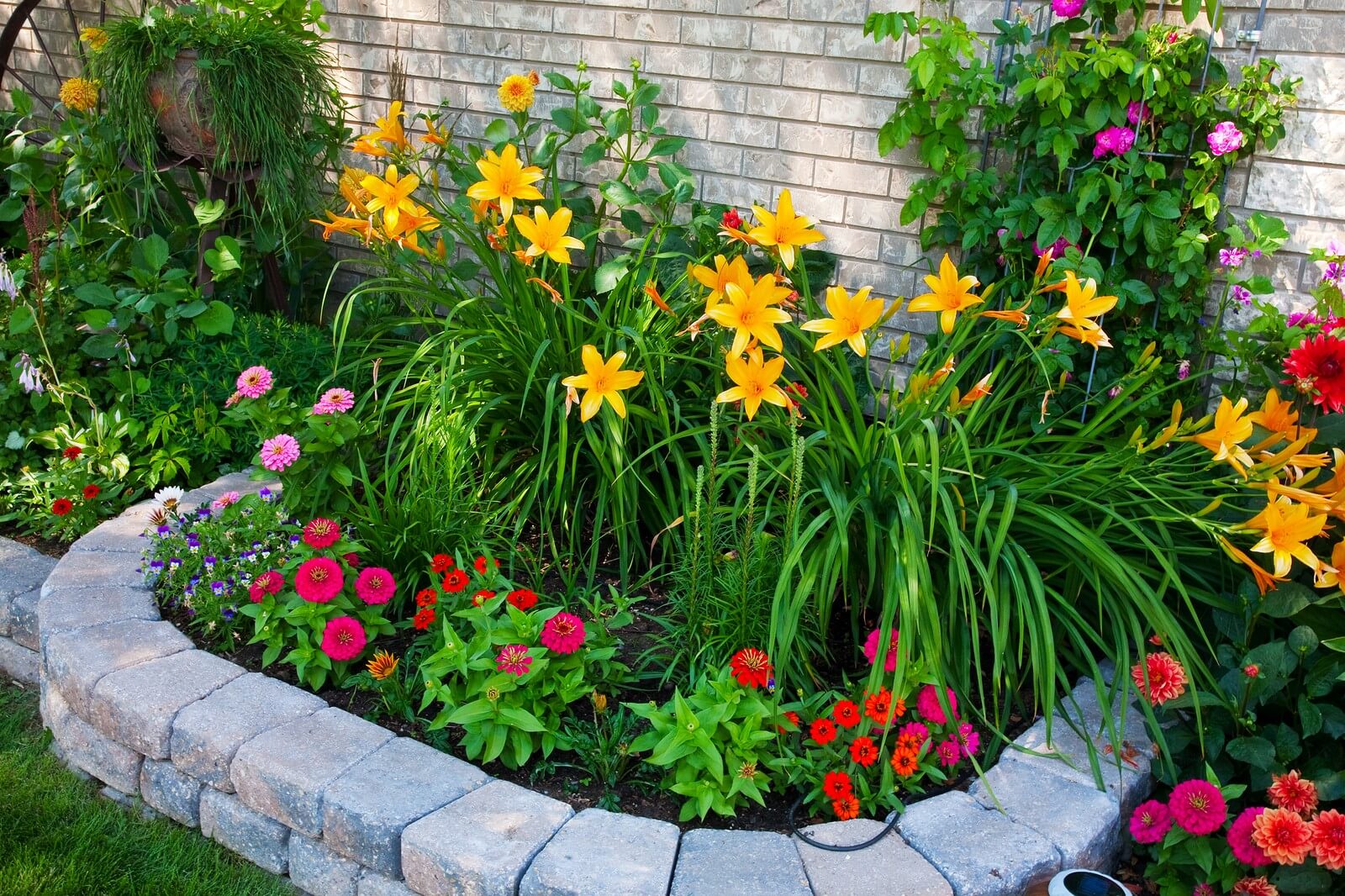When it comes to flower gardens, planning is important. So you should have an idea of the types of plants you'll want in your flower beds before you begin. Don’t forget about the importance of a focal point, but remember that the rules are yours to bend.
Wide is Best
One of the most common mistakes made by novice gardeners is creating a flowerbed that’s just too narrow. You want to make sure that your bed can handle a variety of plants, not just flowers. Instead of abandoning shrubs, incorporate them into your flower bed. Make room for flowering shrubs, woody plants, and even small trees. Ideally, your flower bed should be 5 feet wide at the bare minimum. Otherwise, you won’t get the layered effect you might be after.
Photo by promicrostockra on Depositphotos
Define the Bed
Create a line that separates the flower bed from the rest of your landscaping. You could go with straight lines, but most people find curved lines more aesthetically pleasing. Now, by “curved,” we do not mean “wiggly.” You want a smooth, sweeping curve -- not many little curves doubling back on themselves.
Photo by topseller on Shutterstock
Plant in Drifts
Mismatching ungrouped flower species is not visually appealing if done incorrectly. You want a mass of the same plant/flower blooming together in groups. Keep in mind that the “rule of three” works the same way in your garden as it does when considering decorative items in your home. Flowers are more appealing in varying species in groups of three or more.
Photo by birdiegal on Adobe Stock
Consider Height, But Don’t Let it Rule You
Generally speaking, you’ll want to keep your taller plants toward the back of the bed, but remember that gardening rules are meant to be broken! You can often produce a startlingly attractive effect by allowing some tall flowers or ornamental grasses to intrude a bit toward the front. Using a creative mind is key when creating your flowerbed.
Photo by Ulianna19970 on Dreamstime
Spacing
Place your plants as far from its neighbor as its maximum spread. For instance, if you have a shrub that can grow up to 30 inches wide, keep 30 inches away from its closest neighbor so it has room to grow without disruption.
Photo by YAY Media AS on Alamy
Harmonize
You can create harmony in your garden by using a single type of plant as a border, by repeating certain grouping patterns, and/or by choosing colors that work well together. You can also make color the focus in your garden. Consider if you’d rather breed within one color spectrum, or would rather plant varied colors that complement one another.
Create a Focal Point for Your Flower Garden
Your flower garden should have accents that catch the eye. You can do this by placing evergreens on either side of your garden gate. You can also mark the entrance using an arbor, whether you have an available gate or not. A birdbath is also a nice touch.

Photo by Elena Elisseeva on Shutterstock
In a large garden, you can include scattered benches, a statuary, or perhaps a water feature.
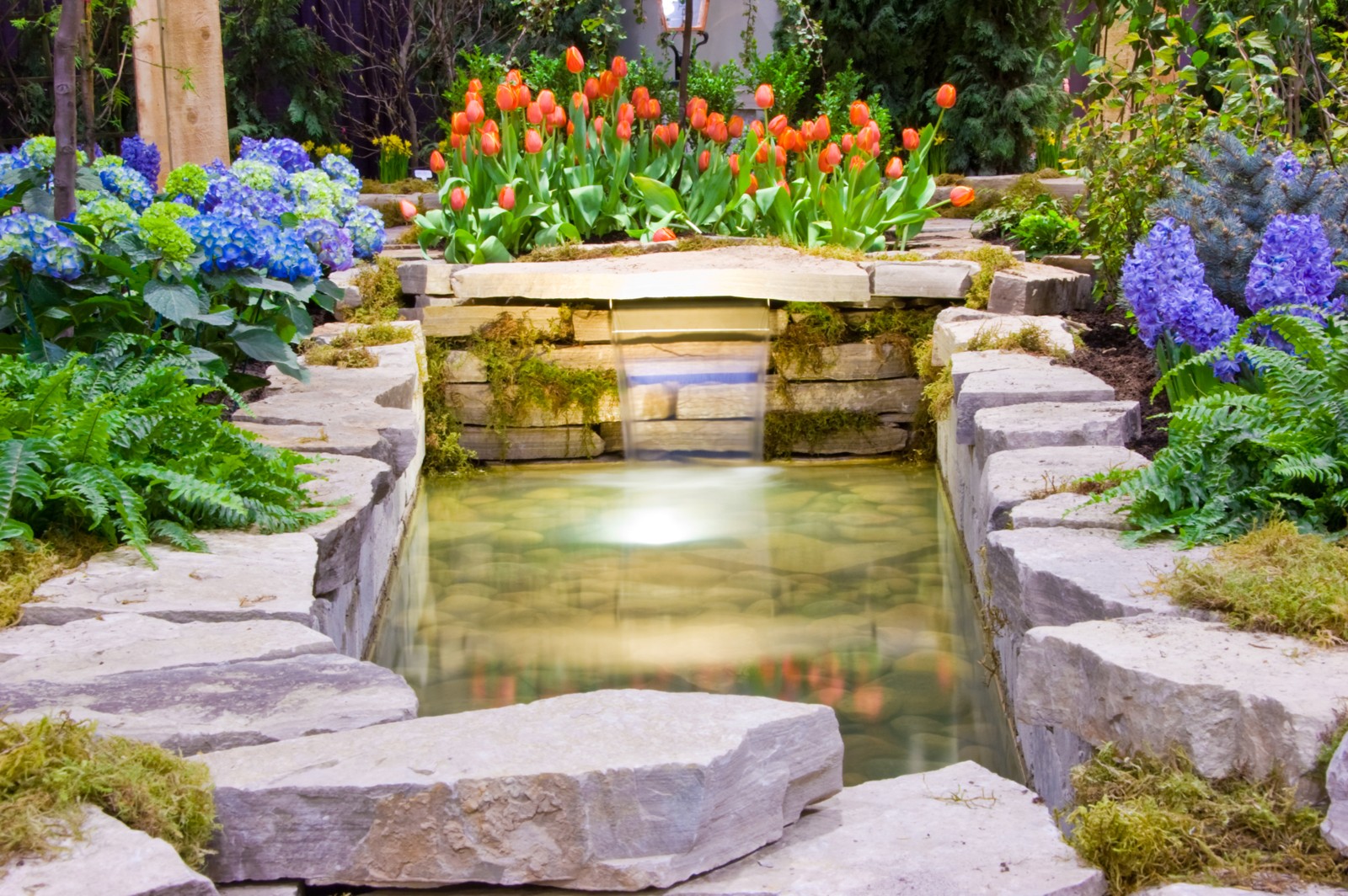 Photo by Mishkaki on Dreamstime
Photo by Mishkaki on Dreamstime
But you don't have to limit your flower garden to just one focal point!




